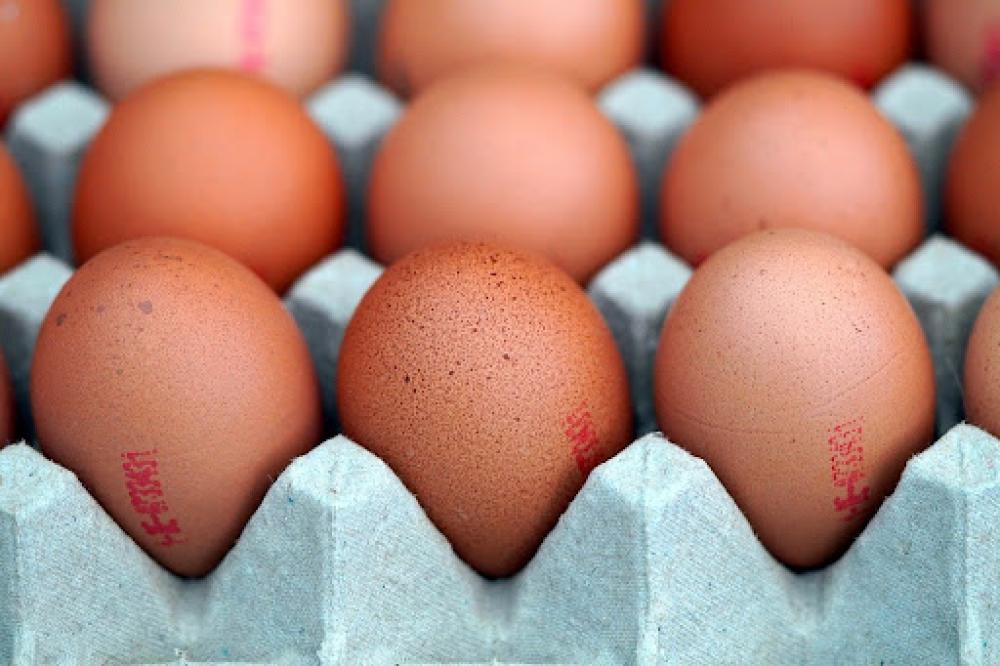CVM researchers receive three grants to improve decision making and disease control procedures in poultry facilities
July 27, 2023

Image by Matthias Böckel from Pixabay
The Secure Food Systems team, a cross-departmental research team led by Dr. Carol Cardona, professor in the Department of Veterinary and Biomedical Sciences and Pomeroy Endowed Chair in Avian Health, Dr. Marie Culhane, professor in the Department of Veterinary Population Medicine (VPM), Dr. Timothy Goldsmith, professor in VPM, and Dr. Cesar Corzo, associate professor in VPM, was awarded $775,000 in three grants from the US Department of Agriculture Animal and Plant Health Inspection Service (USDA-APHIS) this year. The grants fall under the National Animal Disease Preparedness and Response Program (NADPRP) and support two major NADPRP priorities: best practices for animal movement decisions in a disease outbreak, and outreach and education on animal disease prevention, preparedness, and response.The team, in collaboration with UMN Extension, has received funding for 7 projects in total from the USDA-APHIS NADPrP grants for continuity of business preparations.
The first project, “Targeted learning modules for the poultry industry on highly pathogenic avian influenza,” aims to fill the knowledge gaps that organizations may face when responding to highly pathogenic avian influenza (HPAI) outbreaks. The way poultry organizations respond to an HPAI outbreak determines the spread or elimination of that outbreak. But the current speed and severity of outbreaks requires industry and response organizations to operate in a constant state of uncertainty. The more organizations understand, prepare, and adapt to AI threats will determine how successful the industry can be in stopping the spread of HPAI. This project is a unique approach at preparing poultry companies for an avian influenza outbreak by giving companies a structured, time sensitive, and self-reflective technique in building an HPAI response plan. Katherine Schaefbauer, a Master’s student in Animal Science advised by Dr. Cardona, previously developed a course targeted to executive-level personnel in the poultry industry; for this project, they will expand the course modules for additional employee types as well as regulators in the poultry industry.
The second project, “Evaluating the risk of moving segregated processed eggs from infected premises to sites without susceptible species,” aims to minimize market disruptions, industry revenue loss, and federal indemnity paid related to egg disposal during an HPAI outbreak. The team will convene a workgroup of federal and state regulators, egg layer representatives, and other subject matter experts to assess the risk of egg contamination and identify pathways, mitigations, and risk for HPAI spread off a positive farm during the movement of washed and sanitized eggs to market. The materials developed as a result will be widely distributed through a dedicated website, professional, trade, and academic conferences, sector-targeted outreach webinars and tabletop exercises, and professional and lay publications.
Finally, “Risk assessment for the movement of duck hatching eggs from a farm out of, in to, or within an HPAI control area” has similar aims and approach but will develop guidance specific to the duck industry to provide regulators with a consistent risk-based framework to guide duck hatching egg movement decisions as well as how to determine monitored premises status for duck breeder flocks during an HPAI outbreak.


